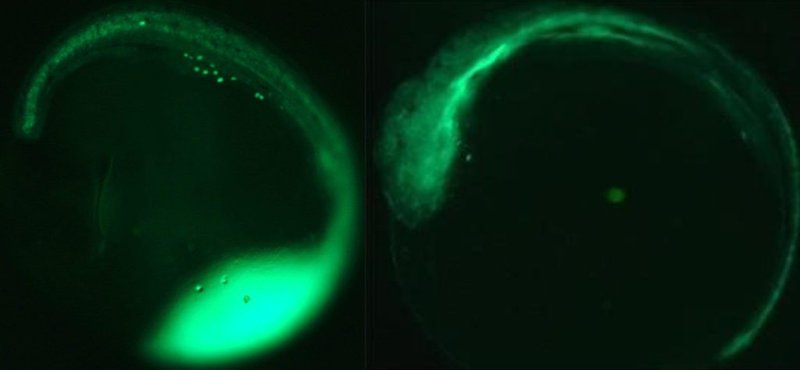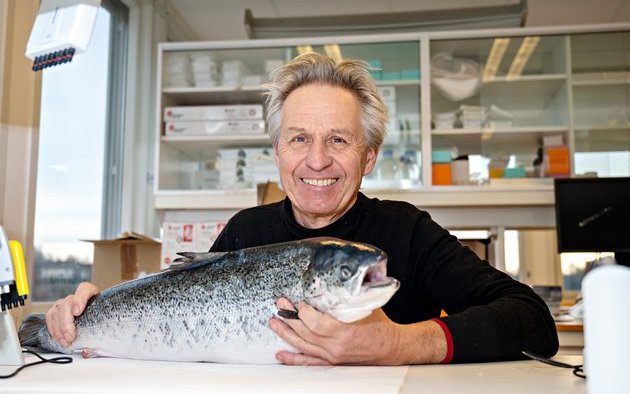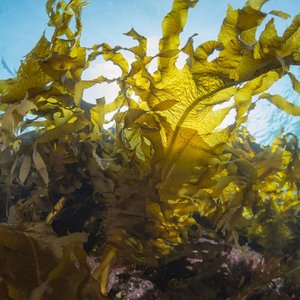Sterile farmed salmon are in demand as they can limit the impact of escaped farmed salmon in rivers. The production of sterile salmon could also contribute to improved meat quality, less disease and lower mortality.
In the past few years, Nofima researchers and partners have developed a method for sterilizing salmon. Senior scientists, Øivind Andersen and Helge Tveiten, examined important production traits in sterile salmon through in-depth studies on body growth, smoltification, stress tolerance, salmon lice infestation and mortality at sea.
Sterile salmon showed production characteristics that are, at least, as good as fertile farmed salmon. A severe lice attack showed that sterile salmon are not more susceptible than fertile salmon. Researchers also documented that sterile salmon had no reproductive cells from the embryonic stage to the time of slaughter.
The method developed by the scientists blocks a factor that is required for the development of reproductive cells at the embryonic stage, which means that fish never become sexually mature. Except for the small gonads that do not produce roe or milt, sterile salmon have the same outward appearance and characteristics as fertile fish.
There are several ways to sterilize salmon, such as triploidization and gene editing. However, triploid salmon have been rejected as an option in Norway due to welfare issues and as the use of genetically modified salmon in production is still not permitted.
Andersen and Tveiten are working on different strategies for the large-scale production of sterile salmon in partnership with the fish farming industry. The research is financed by the Norwegian Seafood Research Fund (FHF) and is in cooperation with Aqua Gen and AquaPharma.

Figure 1. Cod embryo (left) with reproductive cells (germ cells). These cells have been removed in the embryo on the right using Nofima’s sterilization method. Photo credit: Helge Tveiten.













